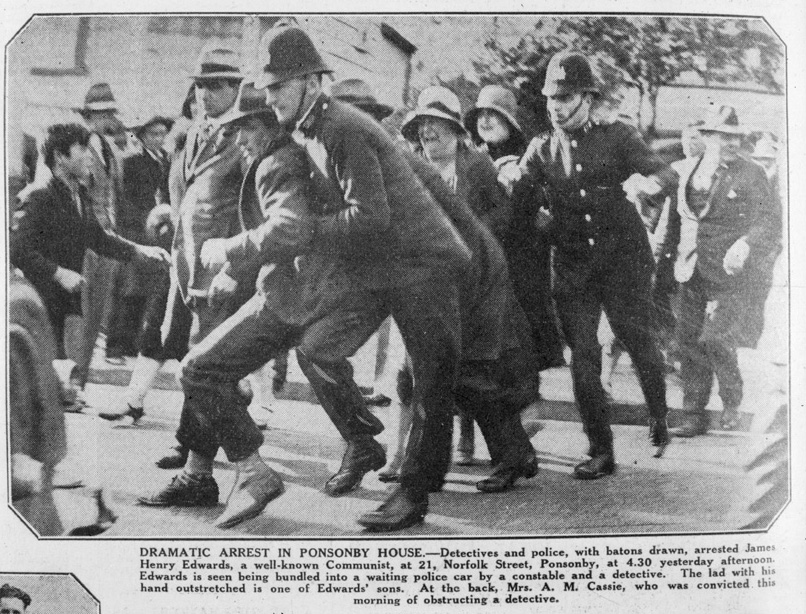Squabbles over leadership in Labour have gone on for a long time, all the way through Shearer’s time in fact. We argue that Labour is not the party of working-class interests and, with campaigns going on in the streets, it can be hard to care following the ins and outs of this latest contest. Isn’t it a side show?
However, there is a difference about this contest, and that is for the first time it is an actual contest. As opposed to the Labour caucus deciding who their leadership will be the membership will have a hefty vote. To summarize – the caucus gets 40% of the vote, the membership another 40% and the unions as a whole 20%, divided between them depending on the approximate number of union members in each who voted to affiliate to Labour. This is a big change, and may have significant consequences for Labour’s short-term trajectory.
The membership of the Labour Party has always been more left wing than the caucus. Ordinary party members remain members much more out of conviction than ambition; the reverse is often true for MPs, who are better paid, part of the political class, and aspirants for running New Zealand capitalism. This year has shown that distinction very strongly; with efforts by the membership to try and gain a better gender balance in the party put down ruthlessly by much of the caucus. Labour members and supporters on demonstrations are often more committed to campaigning than the weak speeches of Labour MPs suggest.
Perhaps the strongest indicator of the divide between the two is in the Labour Party Policy Platform. The declaration of principles near the beginning does not read like a Labour politician’s opinions. It refers to wanting equality of outcome, not equality of opportunity. The section on the economy refers to supporting sector and industry based collective bargaining, policies wiped out by the fourth Labour government (many of whom are still in the caucus). While this document is not binding, it shows where the Labour membership is in relation to the caucus. This explains a lot of the positioning to the left by Robertson and Cunliffe
The reasons for this split are material. When someone becomes an elected politician, it places them in a fundamentally different situation to the people who elected them. MPs get a substantial salary, get flights up and down the country paid for, and for most their work consists of making arguments in a parliamentary setting. Labour party politicians orient themselves towards parliament, their attitudes tending to follow the current neoliberal narrative. The members of the Labour party are there for political reasons, usually because they believe that the Labour party is still the party of workers, that it supports equality and union power. Many of them are out on protests and participate in the movement, and this forces their attitudes towards the left.
How will this affect the leadership contest? We can already see how David Cunliffe has oriented himself towards the membership, repudiating the fourth Labour government, and talking about ‘socialism’ in vague terms. Grant Robertson too, has had to give some concessions in his attitude towards the membership, mostly attempting to talk up his generational difference to previous leaders. As we’ve pointed out before, they are both chameleons, but now they can be held accountable by the Labour Party membership, and that can only be a good thing. Parliamentary Labour parties have a long history of defying the democratic will of the extra-parliamentary party, of course. But the more struggle that takes place within the Labour Party the better for forces that want to fight outside it too.
What’s more, the conference is only a short while away, and should there be a strong divide between the caucus and the membership, the tensions will play out there. In short, it’s one to watch. Even exasperatedly.








